On July 24, 1950, Bumper 8, a two-stage rocket, combining German (V-2) and American technology, was launched. It was the first rocket launch from a place on the Atlantic coast of central Florida called Cape Canaveral.


On July 24, 1950, Bumper 8, a two-stage rocket, combining German (V-2) and American technology, was launched. It was the first rocket launch from a place on the Atlantic coast of central Florida called Cape Canaveral.
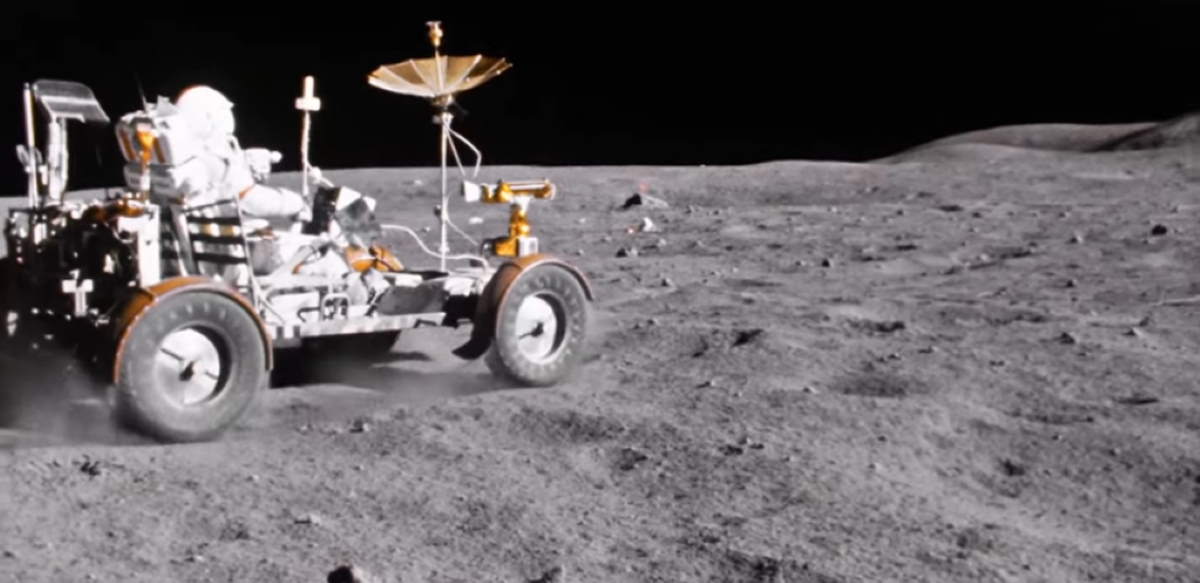
Much of the technology common today that we take for granted originates from the moon landing. Here are 10 moon-landing innovations that changed life on Earth.

Give yourself a break and learn about the important figures in the field of flight and space exploration in this educational solitaire game. Discover some space and flight pioneers who paved the way and learn while you play!
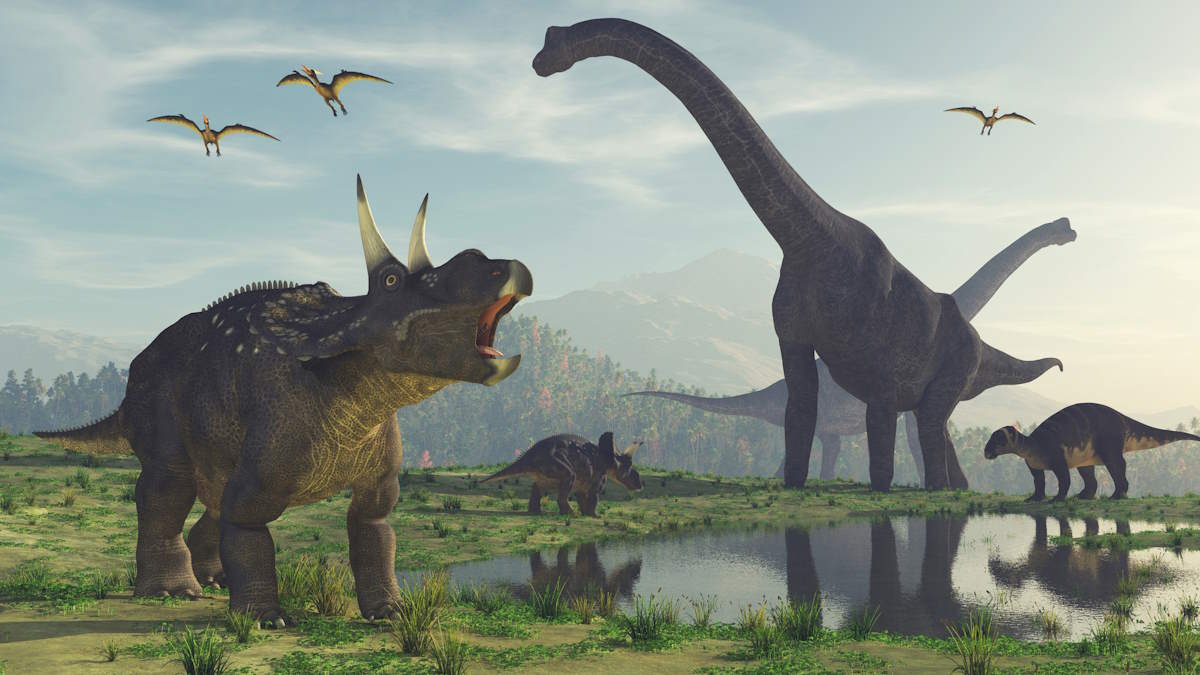
Identifying the largest dinosaurs ever lived isn’t an easy task, because it’s very rare to unearth a complete fossil. Furthermore, only a tiny percentage of these amazing animals were ever fossilized, and most of these “lucky” bodies will remain buried underground forever. So, we may never know exactly what dinosaur was the biggest (or the tiniest) ever.
Despite this fact, size always has been one of the most interesting aspects of these prehistoric animals. There are extreme variations in their size, from the tiny hummingbirds, which can weigh as little as three grams, to the titanosaurs, which could weigh as much as 70 tonnes, or even more.
Here are the largest dinosaurs ever lived.
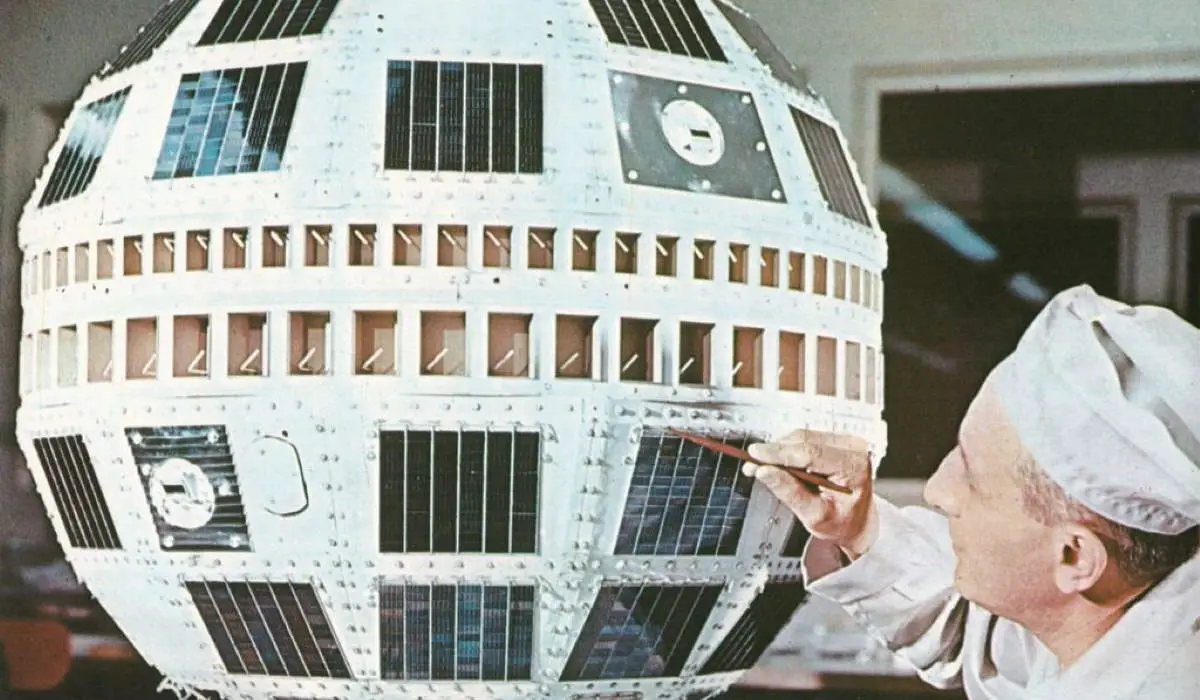
On July 10, 1962, Telstar 1, the satellite that allowed the first live broadcast of television images was launched from Cape Canaveral. It was the first privately sponsored space mission. Two days after the launch, on July 12, it relayed the world’s first transatlantic television signal, from Andover Earth Station, Maine, United States, to the Pleumeur-Bodou Telecom Center, Brittany, France.
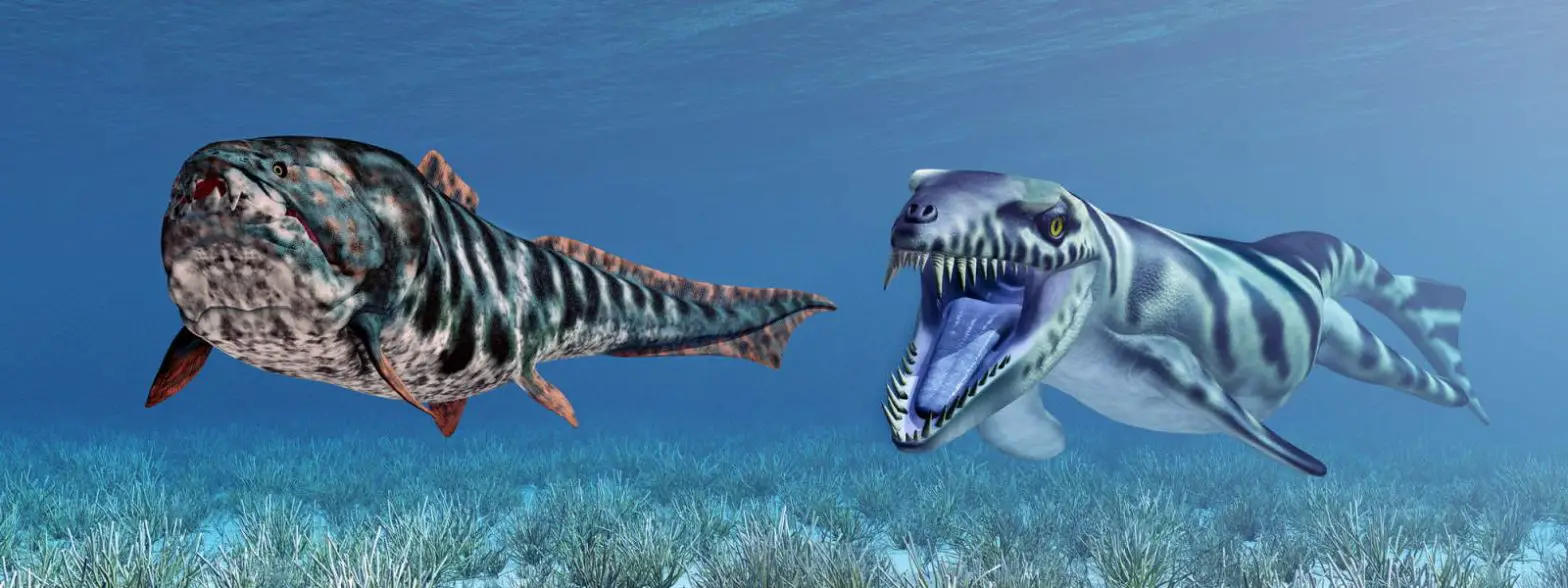
Everybody knows most life came from the water, but how did it start? And how did it get where it is now?
In this article, we cover approximately 200 million years of fish evolution, from the first pre-vertebral filter feeders to the first tetrapod walking on land to the development of modern sharks – and everything in between.

Climate change is a pressing issue that affects world economies. At present, Earth is already 1.1 °C warmer than it was 200 years ago. This is because businesses continue to produce greenhouse gas emissions. These emissions contribute to the rapid increase in global temperature. Carbon emissions contribute the largest percentage of these emissions.
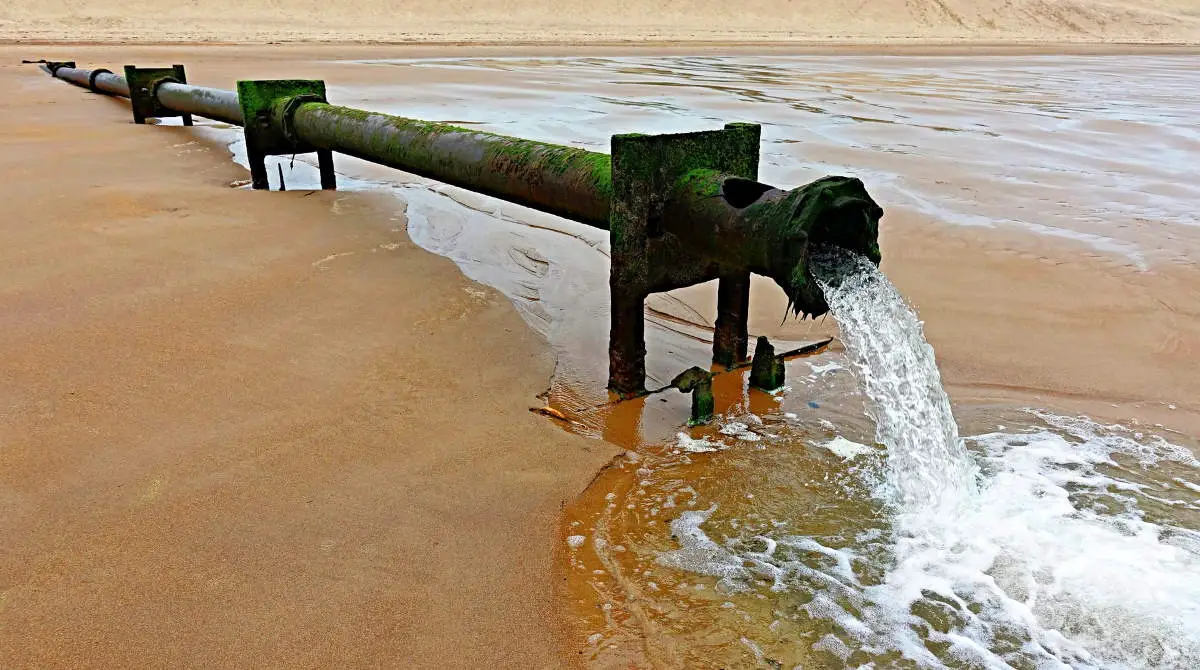
Methamphetamines are at the heart of stimulant drug abuse, and most of us know about these drugs because of the reporting about the drug epidemic, which has caused many unfortunate overdoses, deaths, and addictions in the United States. Methamphetamines or meth for short can also negatively impact the environment. Here’s how.
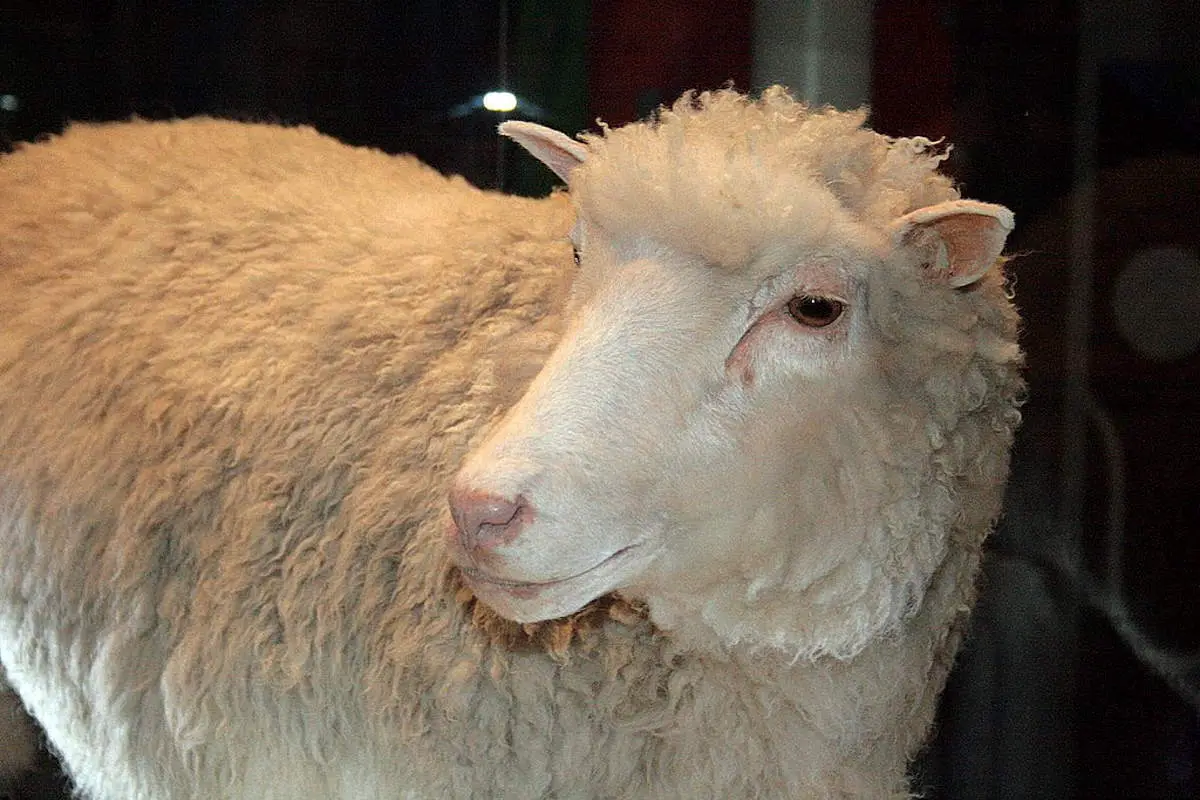
On July 5, 1996, a female sheep named Dolly, the first mammal to be cloned from an adult cell was born. Scientists from the Roslin Institute (an animal sciences research institute at Easter Bush, Midlothian, Scotland) in Scotland successfully cloned Dolly using the process of nuclear transfer from a cell taken from a mammary gland.
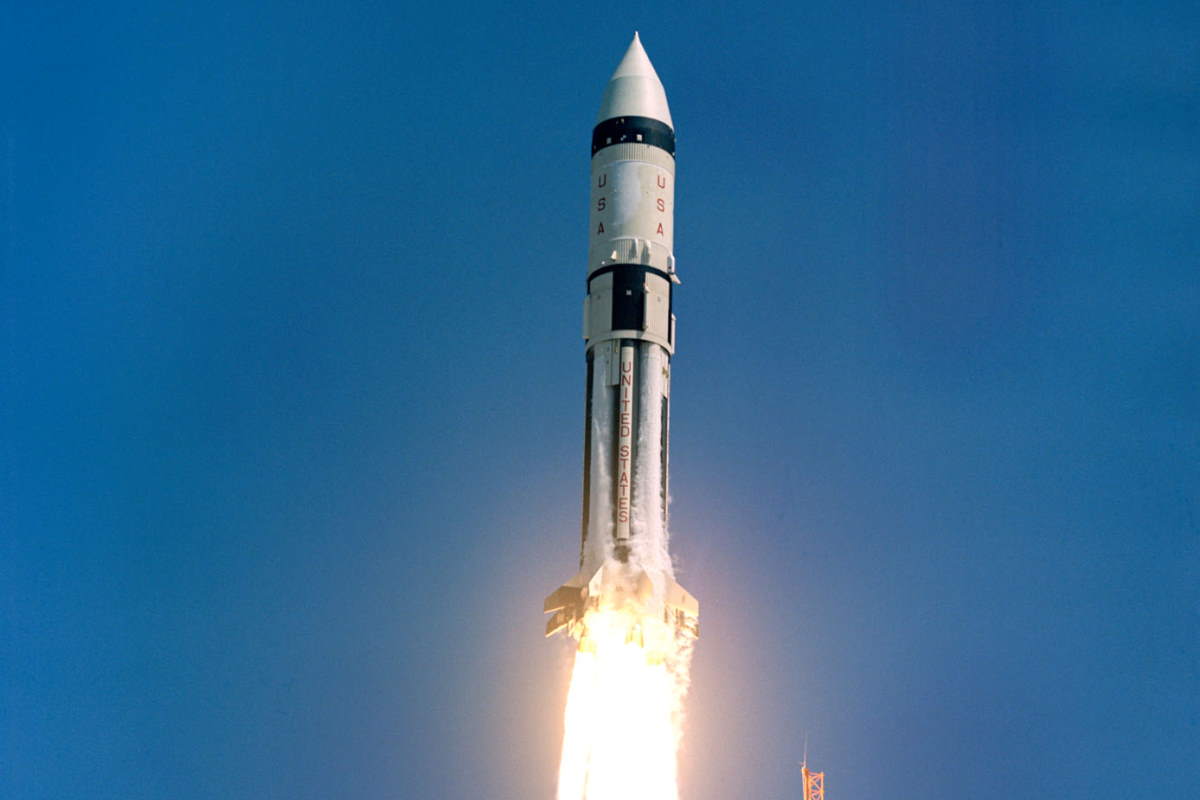
On July 5, 1966, the first Apollo orbital mission, AS-203 was launched from NASA’s Kennedy Space Center, Florida. It was an uncrewed flight of the vehicle’s second stage, the S-IVB stage (it was the 3rd stage of Saturn V, which carried humans to the Moon), to test it under orbital conditions and to obtain flight information on venting and chill-down systems, fluid dynamics, and heat transfer of propellant tanks, attitude and thermal control system, launch vehicle guidance, and checkout in orbit.
During the fourth orbit, internal pressures built up in the S-IVB stage while a pressure differential test was being performed. The pressures built up well in excess of design values and the stage fragmented. Despite that, all mission objectives were achieved.